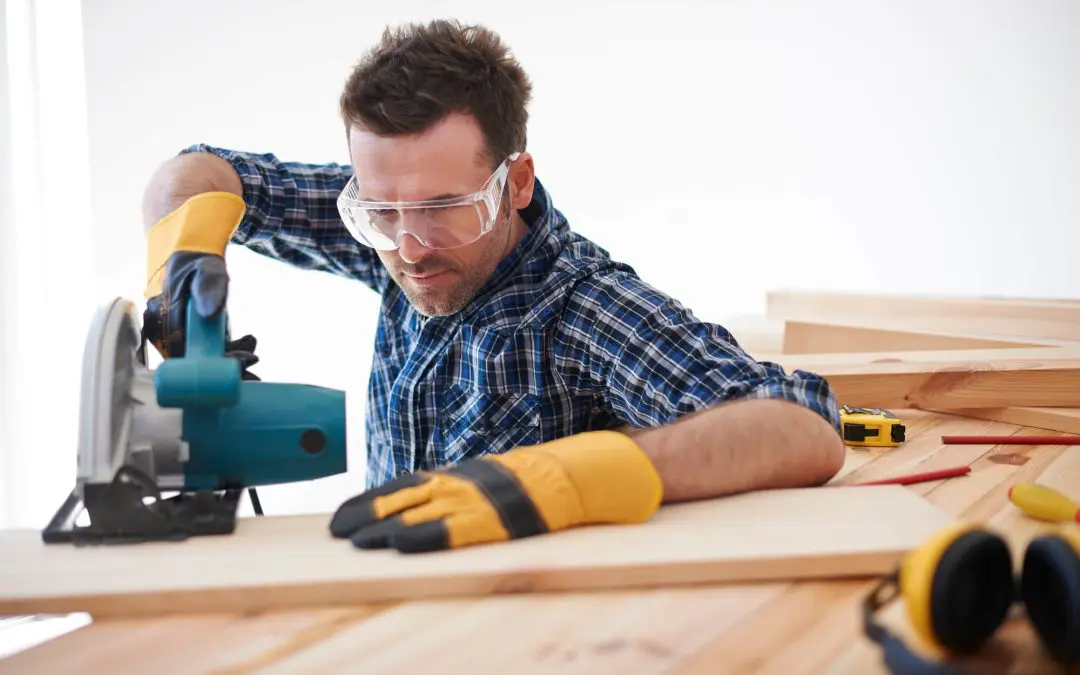Embarking on a DIY project at home can be a fulfilling and cost-effective way to improve your living space. Whether you’re building a bookshelf, repairing a leaky faucet, or creating a garden feature, using the right tools is crucial. However, as rewarding as these projects are, they come with risks. Keep reading to learn about tool safety practices to keep your DIY endeavors safe and successful.
Understanding the Importance of Tool Safety
Practicing tool safety prevents injuries and creates a safe environment for efficient work. Accidents can happen quickly and unexpectedly, often resulting in severe injuries. By prioritizing safety, you protect yourself and those around you. Safety starts long before you pick up a tool.
Preparing Your Workspace
A clutter-free, well-organized workspace is the foundation of any safe DIY project. Before you start, confirm that your work area is clean and free of hazards. Good lighting is essential, as poor visibility leads to mistakes and accidents. Make sure your tools are easily accessible and stored properly when not in use. This organization enhances safety while improving your workflow, making your project less stressful.
Choosing the Right Tools for the Job
Using the correct tools for your project is critical to tool safety. Each tool is designed for a specific purpose, and using them correctly prevents accidents. Always read the manufacturer’s instructions and familiarize yourself with each tool’s features and proper use. If you’re unsure about which tool to use, do some research or consult with a knowledgeable friend or professional. Remember, using the wrong tool can be as dangerous as misusing a tool.
Personal Protective Equipment (PPE)
Personal Protective Equipment (PPE) is your first defense against potential injury. Depending on your project, this might include safety goggles, gloves, ear protection, and dust masks. Safety goggles protect your eyes from flying debris, while gloves shield your hands from cuts and abrasions. Ear protection is a must-have when using loud tools, and dust masks prevent inhalation of harmful particles. Never underestimate the importance of PPE; it makes all the difference between a minor mishap and a serious injury.
Regular Tool Maintenance
Well-maintained tools are safer and more efficient. Regularly inspect your tools for signs of wear, such as frayed cords, dull blades, or loose parts. Clean your tools after each use to prevent the buildup of debris, which can cause malfunctions. For power tools, follow the manufacturer’s guidelines for maintenance and servicing. Sharp tools perform better and reduce the risk of accidents caused by excessive force.
Staying Alert and Focused Improves Tool Safety
Your mental state plays a significant role in maintaining tool safety. Always approach your DIY projects with a clear mind when you’re alert, calm, and sober. Distractions lead to mistakes, so keep your focus on the task at hand. If you feel fatigued, take a break. It’s better to complete your project safely over multiple sessions than to rush and risk injury.
By following these guidelines and staying vigilant, you’ll enjoy the satisfaction of completing your DIY projects safely and effectively. Happy building!
Tool Safety FAQs
What should I do if I don’t have all the necessary PPE for my project?
You need to acquire the appropriate PPE before starting your project. Borrow, rent, or purchase the necessary equipment to ensure your safety. Never start a project without the proper protective gear.
What should I do if a tool feels awkward or uncomfortable to use?
If a tool feels awkward, it may not be the right tool for the job, or it might need adjustment. Check that you’re using the tool correctly, and consult the manufacturer’s instructions or a professional for guidance.
How can I improve my tool-handling skills?
Practice is key. Start with simple projects and gradually tackle more complex tasks as you gain confidence. Taking a class or watching instructional videos will help you learn proper techniques.
What is the most common mistake people make with tool safety?
One of the most common mistakes is neglecting to wear PPE. Many injuries could be prevented with the proper use of protective equipment. Always prioritize your safety by wearing the recommended gear for your project.
Low Keys Home Inspections offers home inspections to homebuyers and sellers in the Florida Keys. Contact us to request an appointment.

